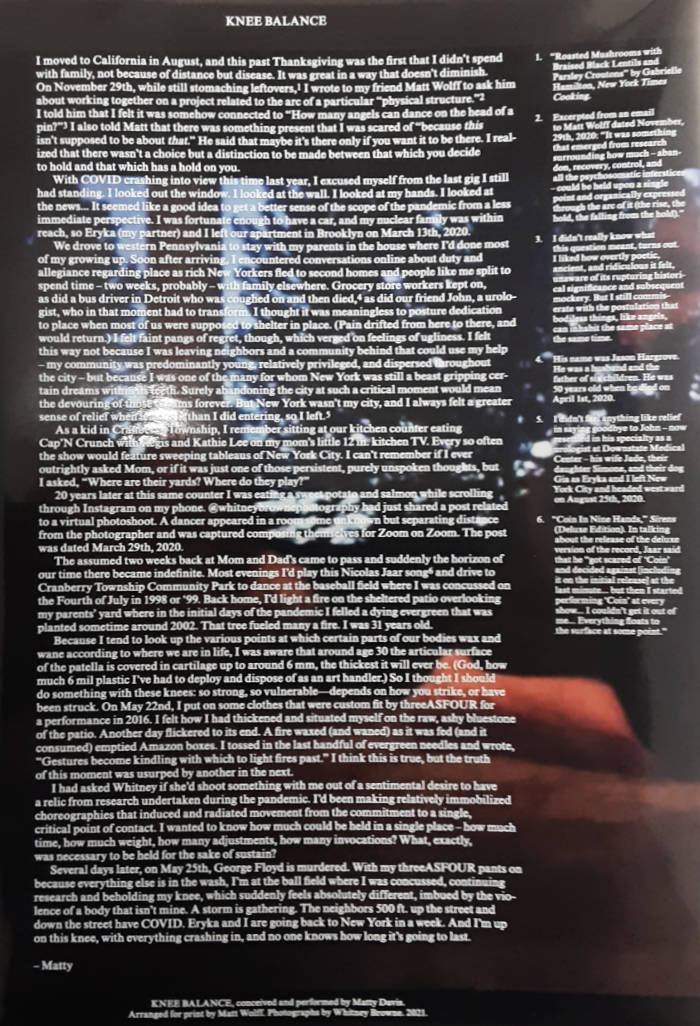![Cover of [WOMEN] Portrait Series](https://rile.space/storage/1946/1212_Scan2023-04-11_125308_001.jpg)
[WOMEN] Portrait Series
"I spent some time looking for this quote in Moyra Davey’s Index Cards: “To do without people is for photography the most impossible of renunciation.” When I found it, I realized Davey was quoting “George Baker quoting Walter Benjamin.” Later on, I came upon the same quote again in Quinn Latimer’s Woman of Letters, where Latimer also talks about the way “critics adopt Davey’s unique literary style when writing about her work.” For writing to do without repeating the words of others is clearly an impossible renunciation.
Davey, who had internalized the critique of representation in the 1980s, describes the set of circumstances and coincidences that led her to photograph people in the subway after years of self- imposed restraint. For photography to do without people is not impossible, but merely hard and conceivably lonely. Until recently, Kristien Daem’s photographs mostly did without people. It took the beginning of the coronavirus pandemic and social distancing obligations for her to feel the urge to photograph fellow artists. Daem has most often aimed the lens of her camera towards the quiet architecture of her native Belgium. She spent time researching and unearthing the unrealized works or forgotten projects of artists such as Fred Sandback. And when documenting the work of others, she tries to turn the task into a trade of her own."







